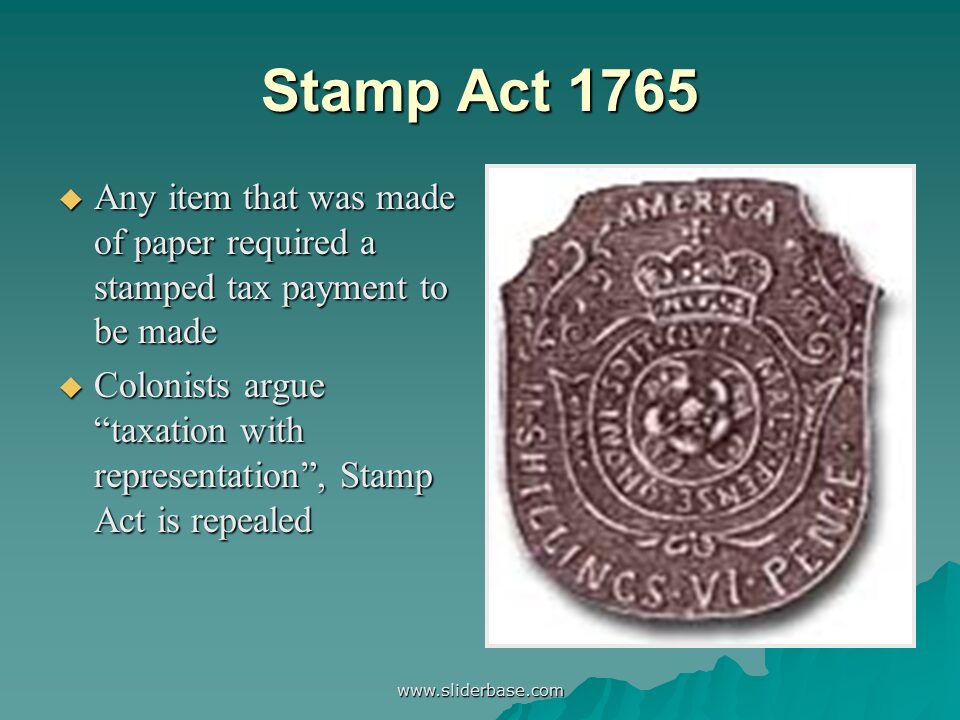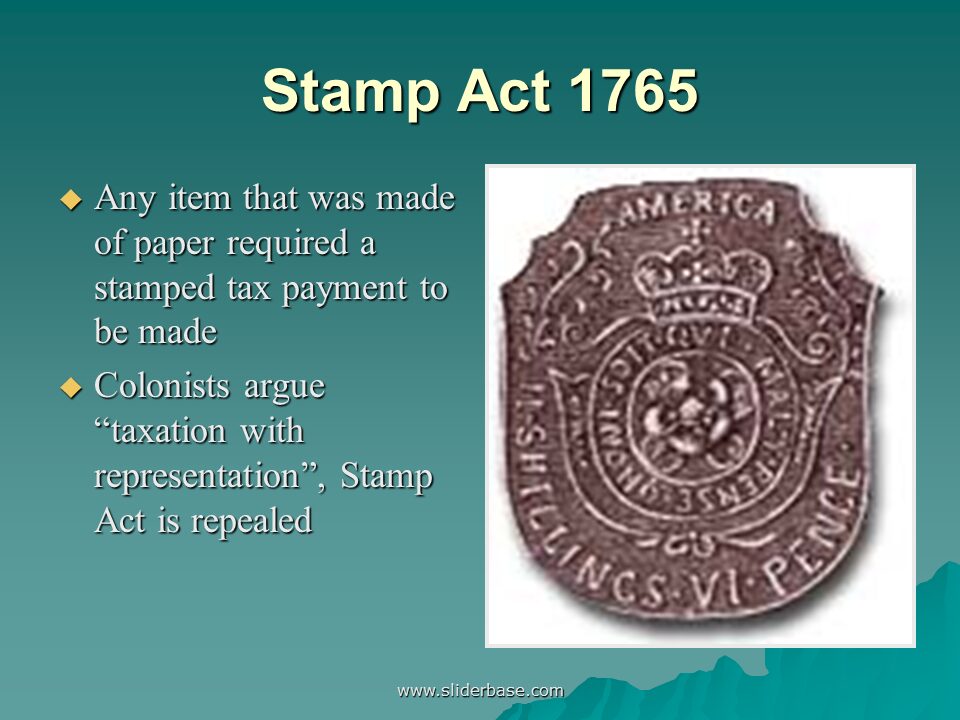
The American Revolution (1775-1783)
Introduction
The American Revolution was a transformative conflict that not only led to the establishment of the United States but also set a precedent for democratic movements worldwide. Spanning from 1775 to 1783, this war for independence arose from growing tensions between the Thirteen Colonies and Great Britain, fueled by issues such as taxation without representation and the desire for self-governance. The revolution culminated in the Declaration of Independence in 1776, a bold assertion of the colonies’ right to self-determination. This write-up explores the historical context, key events, and lasting impacts of the American Revolution, highlighting its significance in shaping modern democracy.
Historical Context
Growing Discontent

Stamp Act (1765)The roots of the American Revolution can be traced back to the aftermath of the French and Indian War (1754-1763), which left Britain in significant debt. To recoup losses, the British government imposed a series of taxes on the colonies, including the Stamp Act (1765) and the Townshend Acts (1767). These measures sparked outrage among colonists, who argued that they should not be taxed without representation in Parliament. The phrase “no taxation without representation” became a rallying cry for those seeking greater autonomy.


Escalating Tensions
As tensions mounted, incidents such as the Boston Massacre in 1770 and the Boston Tea Party in 1773 further fueled revolutionary sentiment. The British response to these acts of defiance, particularly the Intolerable Acts of 1774, only intensified colonial resistance. By the time the First Continental Congress convened in 1774, the groundwork had been laid for a unified response to British oppression.

Key Events of the Revolution
The Outbreak of War
The American Revolutionary War officially began on April 19, 1775, with the Battles of Lexington and Concord. British troops aimed to seize colonial military supplies, but they were met with armed resistance from local militias. This confrontation marked the start of open conflict and galvanized support for the revolutionary cause.
Formation of the Continental Army
In June 1775, the Second Continental Congress convened and authorized the formation of the Continental Army, appointing George Washington as its commander-in-chief. Washington’s leadership would prove crucial in the fight for independence, as he united the disparate colonial forces and instilled a sense of purpose among the troops.

Declaration of Independence
On July 4, 1776, the Continental Congress adopted the Declaration of Independence, drafted primarily by Thomas Jefferson. This document articulated the colonies’ grievances against King George III and asserted their right to self-governance. The declaration not only unified the colonies but also inspired revolutionary movements around the globe.

Major Battles and Turning Points
The war featured several significant battles, including:
- Battle of Bunker Hill (June 17, 1775): Although a tactical victory for the British, the heavy casualties inflicted by American forces demonstrated the colonists’ resolve.
- Battle of Saratoga (September-October 1777): This pivotal American victory convinced France to formally ally with the colonies, providing crucial military support.
- Siege of Yorktown (September-October 1781): The decisive victory by American and French forces led to the surrender of British General Cornwallis, effectively ending major combat operations.
Immediate Consequences
Treaty of Paris (1783)
The war officially concluded with the signing of the Treaty of Paris on September 3, 1783. This treaty recognized the independence of the United States and established its borders, granting territory from the Atlantic Ocean to the Mississippi River. The treaty also marked the end of British colonial rule in America.

Social and Political Changes
The revolution brought about significant social changes, including the questioning of traditional hierarchies and the promotion of egalitarian ideals. While the revolution did not immediately result in widespread equality, it laid the groundwork for future movements advocating for civil rights and liberties.
Lasting Legacy
Influence on Global Movements
The American Revolution served as a model for other nations seeking independence and democratic governance. It inspired revolutions in France, Haiti, and Latin America, demonstrating that the principles of liberty and self-determination could be realized.
Establishment of a New Government
Following the revolution, the United States faced the challenge of creating a stable government. The Articles of Confederation initially governed the new nation but proved ineffective, leading to the Constitutional Convention of 1787. The resulting U.S. Constitution established a federal government based on the principles of separation of powers and checks and balances, laying the foundation for modern democracy.

Conclusion
The American Revolution was a defining moment in history that not only secured independence for the United States but also inspired democratic ideals worldwide. The conflict highlighted the importance of self-governance, individual rights, and the pursuit of liberty. As we reflect on the revolution’s legacy, it serves as a reminder of the ongoing struggle for freedom and justice in societies around the globe.
FAQs
Q1: What were the main causes of the American Revolution?
A1: The main causes included taxation without representation, British military presence, and growing desire for self-governance among the colonies.
Q2: Who were the key figures in the American Revolution?
A2: Key figures included George Washington, Thomas Jefferson, Benjamin Franklin, and John Adams, among others.
Q3: What was the significance of the Declaration of Independence?
A3: The Declaration of Independence articulated the colonies’ grievances against Britain and asserted their right to self-governance, unifying the colonies in their quest for independence.
Q4: How did the American Revolution impact other countries?
A4: The American Revolution inspired other nations to pursue independence and democratic governance, influencing revolutions in France, Haiti, and Latin America.
Q5: What was the outcome of the Treaty of Paris (1783)?
A5: The Treaty of Paris recognized the independence of the United States and established its borders, marking the end of British colonial rule in America.
For further exploration of the American Revolution and its historical context, consider visiting:
- Wikipedia: American Revolution
- National Park Service: Timeline of the American Revolution
- U.S. State Department: Diplomacy and the American Revolution
Read Related Posts
- The Cold War (1947-1991)
- The Discovery of DNA
- The Chernobyl Disaster (1986)
- The Mysterious Case of Rudolf Diesel: Genius, Power, and Deception on the Eve of World War I
- Lincoln–Kennedy Coincidences Urban Legend
- Discovery of America: A Journey Beyond Columbus
- The Shameful History of Ghettos: From Oppression to Opportunity

